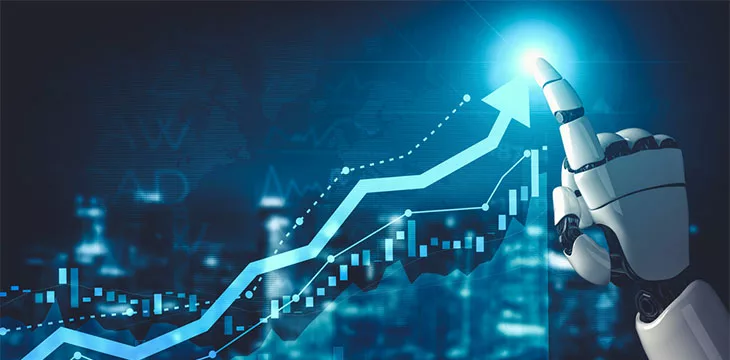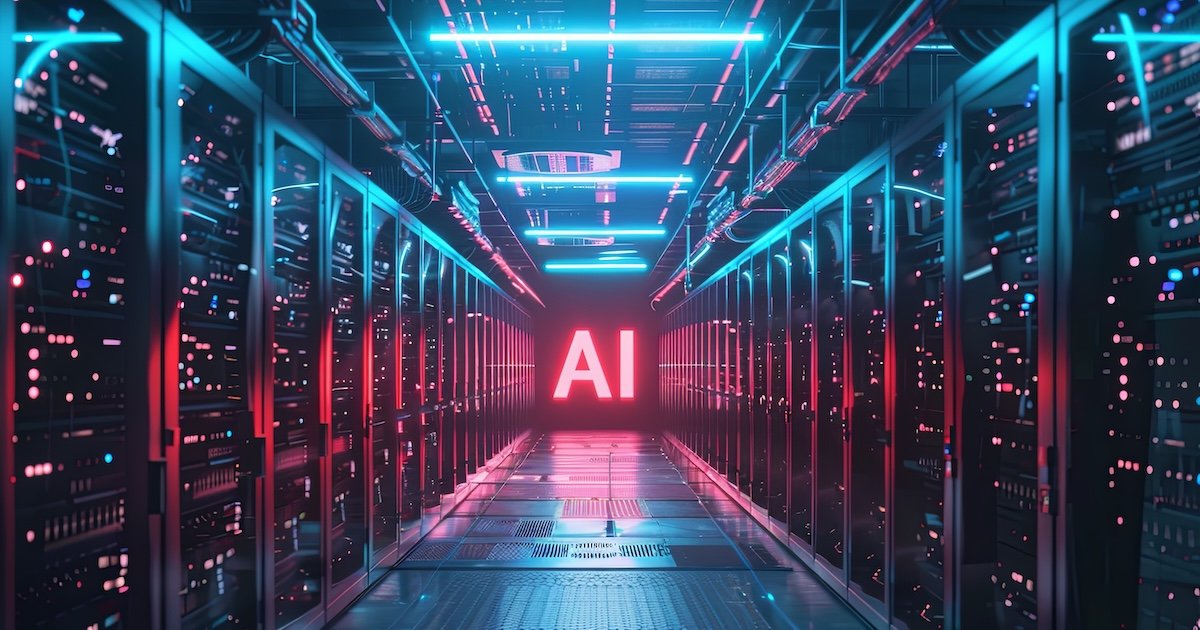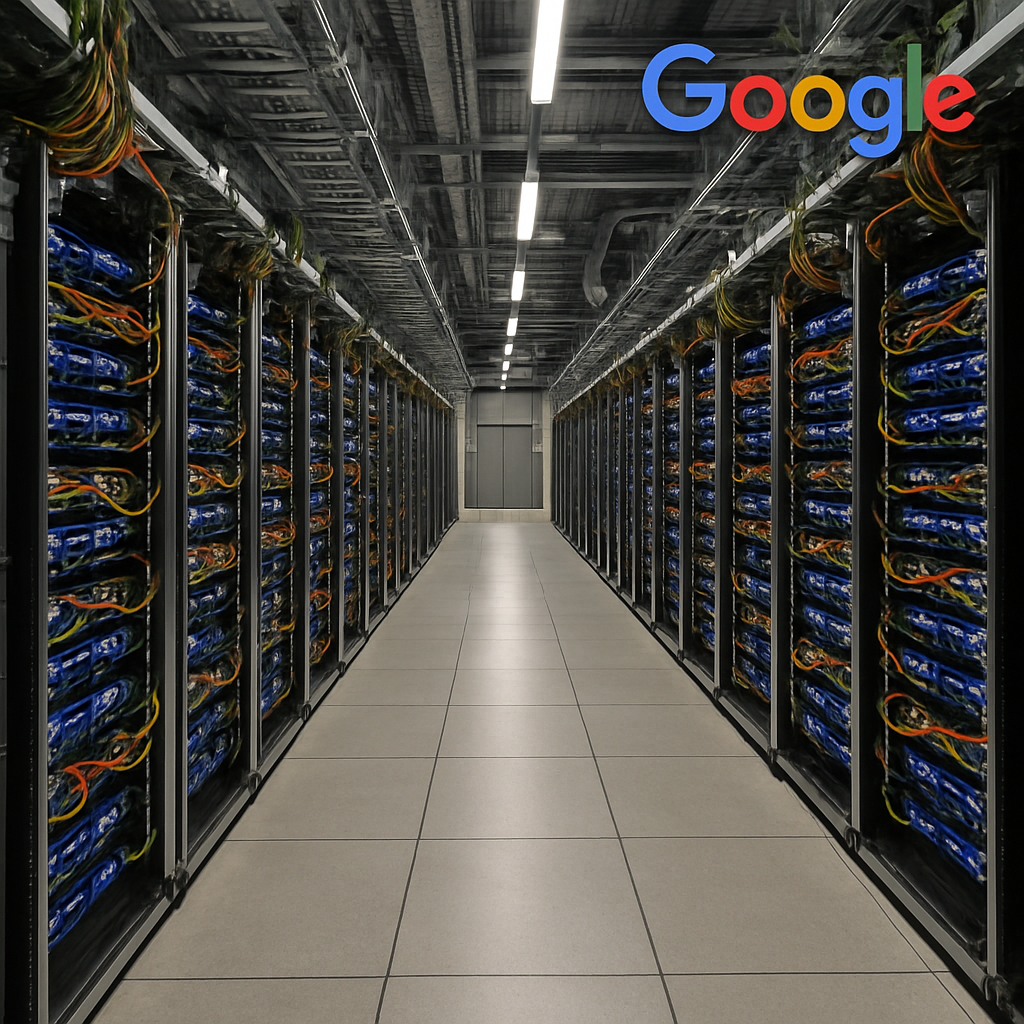Overview
They may be small enough to fit on your fingertip, but chips and semiconductors are powering the biggest shifts in technology today. From powering your phone to enabling self-driving cars, these tiny components are the silent heroes of the AI revolution.

What Are Chips and Semiconductors?
Think of semiconductors as the building blocks of modern electronics—special materials that control the flow of electrical current.
Inside them are microchips (or integrated circuits), which act like the brains of your devices.
From smartphones and laptops to cars and smart appliances, almost everything smart you use relies on these chips.
How AI Uses Chips Differently
AI isn’t like a normal computer program—it’s a data-hungry, lightning-fast decision-maker that requires:
- Massive data processing in milliseconds
- Real-time decision-making for safety and efficiency
- Specialized tasks like recognizing faces, voices, and patterns
Traditional chips couldn’t keep up with AI’s demands. That’s why specialized processors were developed:
- GPUs (Graphics Processing Units) — Originally for gaming, now perfect for AI because they handle thousands of tasks at once.
- TPUs (Tensor Processing Units) — Google-designed chips built specifically for machine learning.
- AI Chips — Custom silicon optimized for deep learning and AI workloads.
In Autonomous Systems
From self-driving cars to delivery drones, autonomous systems run on AI chips that must:
- Process sensor data instantly (e.g., radar, LiDAR, cameras)
- Make split-second safety decisions (like stopping for pedestrians)
- Communicate with other systems in real time
In these scenarios, every millisecond matters. Faster and more efficient chips mean safer and smarter autonomous machines.

The Win-Win Cycle of Growth
AI fuels demand for better chips, and better chips make AI smarter—it’s a mutually accelerating loop of innovation:
- AI gets more complex → Needs faster, specialized chips.
- Chip tech advances → AI becomes more capable and widespread.
- New AI applications emerge → Further boosts demand for chips.
This cycle powers everything from smartphones to future transport networks.
Why This Matters for the Future
At GtechOne, we see chips and semiconductors as the foundation of smart living. Without them, there’s no AI, no automation, no self-driving tech—just a world running on slower, less connected systems.
As the synergy between AI and chip technology grows, expect breakthroughs in:
- Healthcare — faster diagnoses through AI-powered devices
- Mobility — safer, smarter autonomous vehicles
- Daily living — more responsive and personalized tech experiences
Coming Up on GtechOne:
We’ll explore “The Future of AI Hardware: From Edge Devices to Quantum Chips” in our next deep dive.
Join our newsletter for insider updates, expert interviews, and tech tool recommendations that keep you ahead of the curve.






